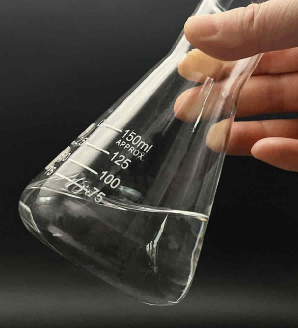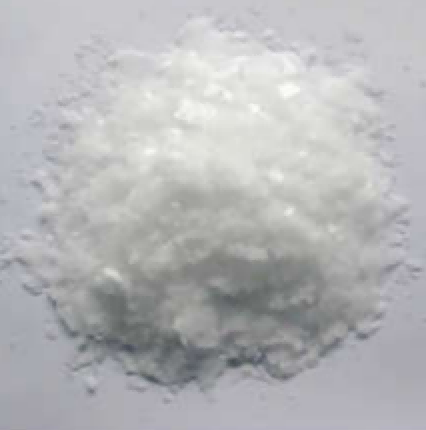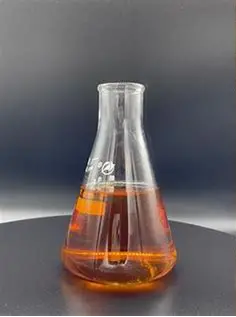1. Introduction
Just 24 hours ago, a viral TikTok video sparked widespread concern after a DIY shampoo maker suffered severe scalp irritation from using raw sodium lauryl sulfate (SLS) without proper dilution. The incident has reignited public interest in understanding how to use this common surfactant safely. Whether you’re formulating a natural cleanser, mixing a weed killer, or crafting a gentle face wash, knowing how to handle SLS—and when to replace it—is essential.

Sodium lauryl sulfate (also known as sodium dodecyl sulfate or SLS) is a powerful anionic surfactant found in everything from toothpaste to industrial degreasers. But its strength comes with trade-offs: potential skin irritation, environmental impact, and formulation challenges. This guide walks you through practical steps to use SLS responsibly—or swap it for gentler alternatives like alkyl polyglucoside or coco betaine.
2. Understand What Sodium Lauryl Sulfate Is and How It Works
Sodium lauryl sulfate (SLS), or natrium lauryl sulfate in some regions, is a synthetic anionic surfactant derived from lauryl alcohol (often sourced from coconut or palm kernel oil). Its job? To lower surface tension, lift dirt and oil, and create rich lather—making it a staple in shampoos, soaps, and detergents.
The meaning of surfactant is simple: it’s a surface-active agent that helps water mix with oil. SLS is classified as anionic because it carries a negative charge in water. This contrasts with cationic surfactants (like cetyl trimethyl ammonium bromide or CTAB), which are positively charged and used in conditioners, and non-ionic surfactants (like polysorbate 80 or decyl glucoside), which have no charge and are milder.
3. Common Problems with SLS and How to Fix Them

Many DIY formulators run into issues when using SLS sodium lauryl sulfate without proper knowledge. Here’s how to troubleshoot the most frequent problems:
- Skin or eye irritation: Always dilute SLS to 1–5% in final formulations. Never apply undiluted powder or concentrate directly to skin.
- Poor foam stability in hard water: Combine SLS with amphoteric surfactants like cocamidopropyl betaine (also called coco amido propyl betaine or amidopropyl betaine). This boosts foam and reduces irritation.
- Incompatibility with cationic ingredients: Never mix anionic and cationic surfactants directly—they’ll neutralize each other. If your formula includes a cationic conditioner (e.g., cetyltrimethylammonium bromide), use a non-ionic or amphoteric base instead.
- Environmental concerns: SLS breaks down faster than many assume, but for eco-sensitive uses (like lawn care), consider bio surfactants like coco glucoside or sodium cocoyl glutamate.
4. Safe Handling and Sourcing Tips
If you’re buying sodium lauryl sulfate for sale online or from suppliers like Rohit Surfactants Private Limited, verify purity and grade. Cosmetic-grade SLS is safer for skin than industrial-grade.

Always wear gloves and eye protection when handling SLS powder. Store it in a cool, dry place away from moisture—it’s hygroscopic and can clump or degrade.
For herbicide or weed killer applications, SLS can act as a surfactant for herbicides by helping the solution stick to waxy plant leaves. However, many prefer non-ionic surfactants like ethoxylated alcohol or lignin sulfonate as lawn wetting agents, as they’re less phytotoxic. Use 1–2 teaspoons of SLS per gallon of water—but test on a small area first.
5. Gentle and Effective Alternatives to SLS
If you want to avoid SLS altogether, several milder surfactants work well in home formulations:
- Sodium laureth sulfate (also called sodium lauryl ether sulfate or sodium lauryl ether sulphate): Less irritating than SLS due to ethoxylation. Often labeled as ‘SLES’ or ‘laureth sulfate.’
- Sodium coco sulfate or coco sodium sulfate: Derived from coconut oil, milder than SLS but still anionic.
- Alkyl polyglucoside, decyl glucoside, or coco glucoside: Non-ionic, plant-based, and biodegradable—ideal for sensitive skin.
- Sodium lauroyl sarcosinate or lauroyl sarcosinate: Amino-acid-based anionic surfactant with low irritation.
- Sodium cocoyl isethionate or sodium lauroyl methyl isethionate: Creamy, gentle cleansers often used in syndet bars.
Note: Avoid confusing SLS with sodium laureth (SLES). While both are sulfates, SLES is ethoxylated and generally gentler. Terms like ‘sls sodium laureth sulfate’ or ‘sulfate laureth’ are often misused—double-check ingredient lists.
6. Formulation Checklist for DIY Projects
Before mixing your next batch, ask yourself:
- Is SLS necessary for this product’s performance?
- Can I use a blend (e.g., SLS + cocamidopropyl betaine) to reduce irritation?
- Am I using the correct concentration? (Typical ranges: 5–15% in shampoos, 1–3% in facial cleansers, 0.5–2% in herbicide mixes.)
- Have I tested pH? SLS works best at pH 5–7.
- Am I storing it properly to avoid degradation or clumping?
7. Conclusion
Sodium lauryl sulfate is a versatile and effective surfactant—but it’s not always the best choice. By understanding its properties, handling it safely, and knowing when to switch to alternatives like alkyl polyglucoside or sodium cocoyl isethionate, you can create safer, more effective DIY products. Whether you’re making shampoo, a natural cleaner, or a garden spray, the key is balance: performance without compromise.
Our Website founded on October 17, 2012, is a high-tech enterprise committed to the research and development, production, processing, sales and technical services of ceramic relative materials such as How. Our products includes but not limited to Boron Carbide Ceramic Products, Boron Nitride Ceramic Products, Silicon Carbide Ceramic Products, Silicon Nitride Ceramic Products, Zirconium Dioxide Ceramic Products, etc. If you are interested, please feel free to contact us.


